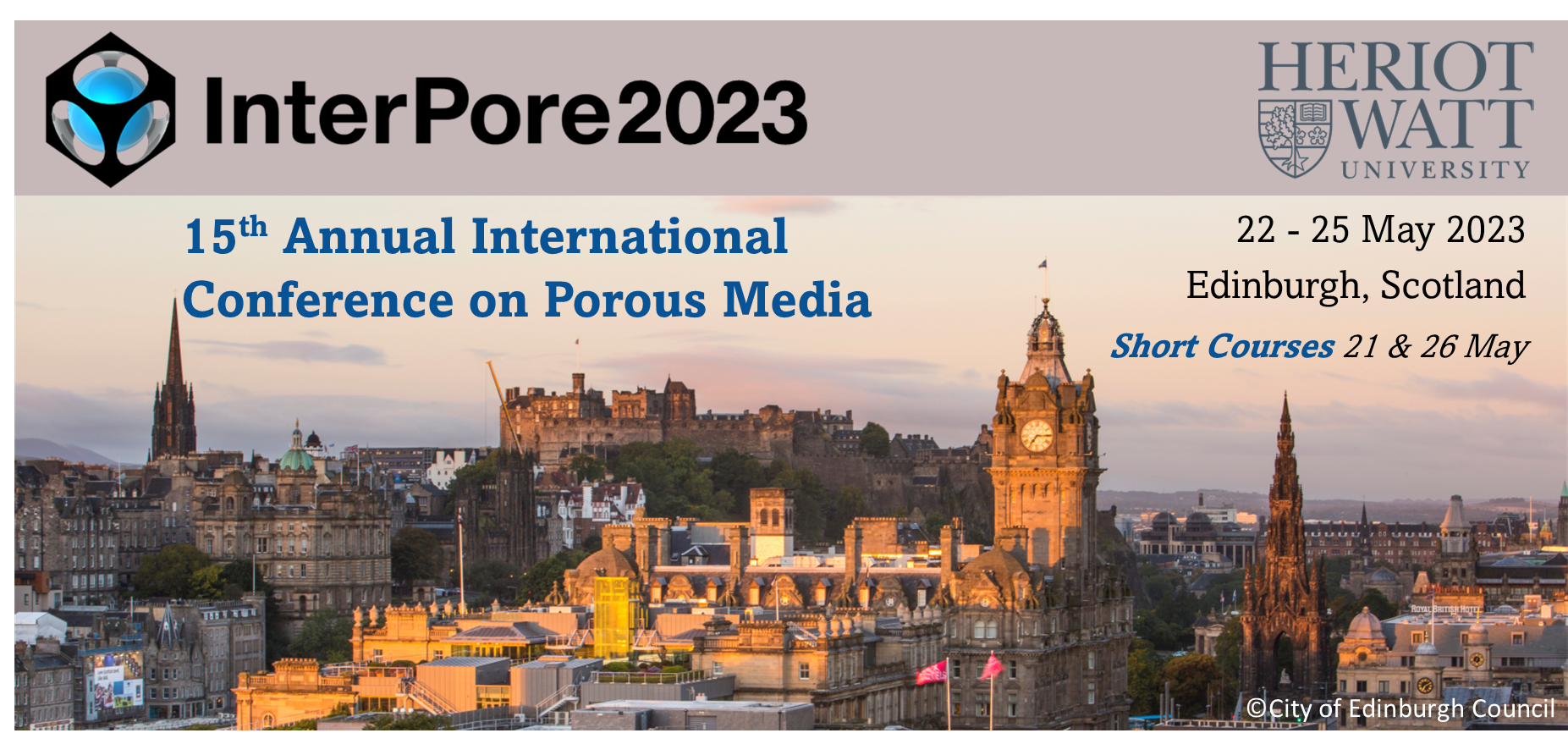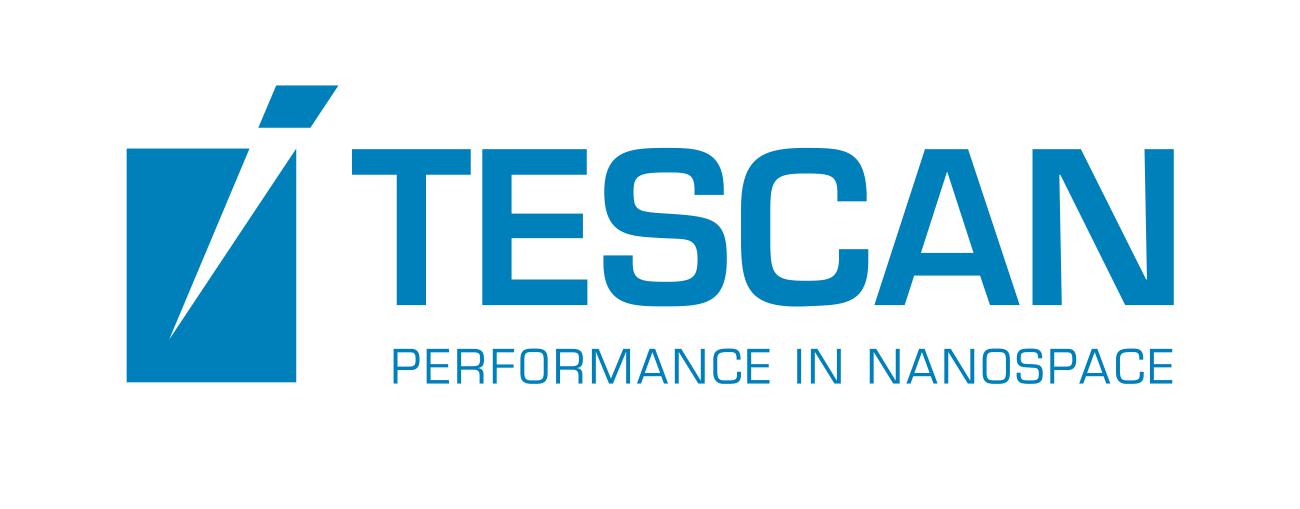Speaker
Description
In contrast to crystals, amorphous materials are characterized by a disordered structure that dictates adsorption at the surface. Understanding how amorphous features affect gas sorption is crucial to rationally design efficient amorphous adsorbents. Recently, we have demonstrated by Molecular Dynamics (MD) simulations the differences between the adsorption of CO$_2$ in crystalline (Fig 1a) and amorphous (Fig 1b) silica nanopores[1]. The heterogeneous features of the amorphous nanosurfaces (e.g., roughness, functional groups, hydroxyl groups, oxygen vacancies) enhance CO$_2$ adsorption with respect to analogous crystalline surfaces, making amorphous material interesting for many industrial application (including catalytic processes). Here, we propose to use machine learning to more faithfully characterize and describe CO$_2$ adsorption in amorphous nanopores.
First, we employ a segmentation algorithm to identified the irregular adsorption patterns; then, we use a classification algorithm to group similar patterns; and finally, we correlate the adsorption patterns with the underlying surface features. This framework can help identify the most efficient functional groups, paving the way to a computer-aided design of amorphous sorbents that can be employed in many industrially relevant processes. Typically, the region of influence of surface groups can be inferred by means of radial density functions that enable calculating the residence time of the CO$_2$ molecules within spherical neighborhoods that are defined around the surface sites of interest, which has been a-priori determined[1]. Although this approach allowed us to demonstrate the major contribution of oxygen vacancies, CO$_2$ adsorption patterns are very irregular (Fig 1b) and it is not trivial to correlate the high density regions to the underlying heterogeneous structure in the case of amorphous surfaces.
As an example, we consider the methanation reaction, which has been shown to be catalytically enhanced on amorphous silica nanospheres that are specifically engineered to exhibit a high density of surface defects[2].
References
References
[1] Mattia Turchi, Sandra Galmarini, and Ivan Lunati. “Amorphous matters:
surface defects in nanopores enhance CO2 adsorption”. In: to be submitted
(2023).
[2] Amit K Mishra et al. “Defects in nanosilica catalytically convert CO2 to
methane without any metal and ligand”. In: Proceedings of the National
Academy of Sciences 117.12 (2020), pp. 6383–6390.
| Participation | In-Person |
|---|---|
| Country | Switzerland |
| Energy Transition Focused Abstracts | This abstract is related to Energy Transition |
| MDPI Energies Student Poster Award | No, do not submit my presenation for the student posters award. |
| Acceptance of the Terms & Conditions | Click here to agree |







